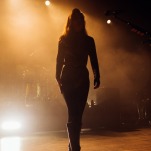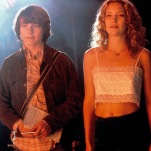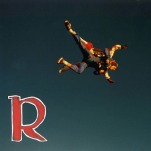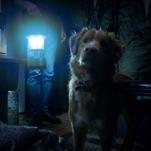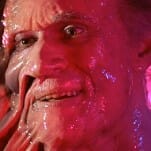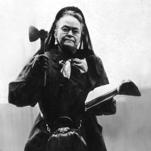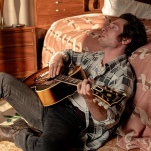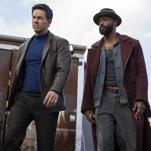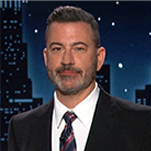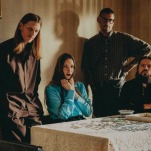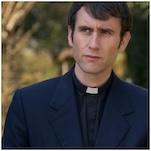Paste Power Rankings: The 5 Best TV Shows Right Now from I May Destroy You to Baby-Sitters Club
Illustration by Christine Fernando and Soleil Collins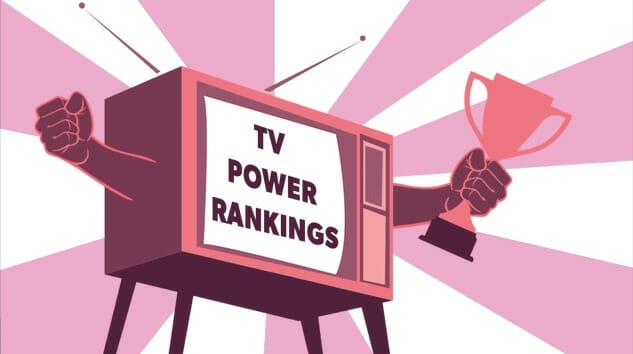
It was neither TV nor movies that dominated the conversational zeitgeist this week in entertainment, but a taped version of the musical Hamilton that landed on Disney+ (which had however been due, pre-COVID, for theatrical release). What many took away from watching Lin-Manuel Miranda’s historical spectacular was a reminder that Daveed Diggs is a treasure, to which I reply, “did you know he stars in TNT’s Snowpiercer? Found on our very Power Rankings below.
The rules for the Power Rankings are simple: Any current series on TV qualifies, whether it’s a comedy, drama, news program, animated series, variety show or sports event. It can be on a network, basic cable, premium channel, Netflix, Amazon, Hulu, YouTube or whatever you can stream on your smart TV, as long as a new episode was made available the previous week (ending Sunday) —or, in the case of shows released all at once, it has to have been released within the previous four weeks. The voting panel is composed of Paste Editors and TV writers with a pretty broad range of tastes.
Honorable Mention: Dirty John: The Betty Broderick Story (USA), Canada’s Drag Race (Wow Presents Plus), Floor Is Lava (Netflix), Stargirl (DC Universe), Agents of S.H.I.E.L.D. (ABC)
5. Doom Patrol
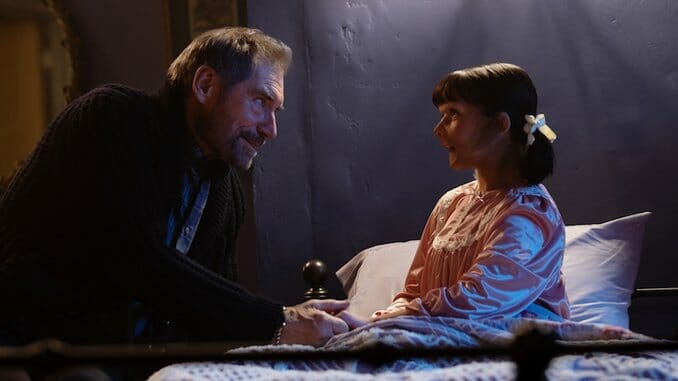
Network: HBO Max
Last Week’s Ranking: 3
This Week: Simultaneously the best and weirdest superhero thing on TV right now
From the first episode of Doom Patrol’s second season, the strangest superhero show on TV turns its already inward-facing gaze to the specifics of legacy. The show’s no stranger to introspection or even intraspection (where one or more of the Patrol goes inside another’s psyche, Magic School Bus-style), but over the course of the season’s first three episodes, the personal progress of its heroes is hindered and complicated by family that both threatens doom and offers salvation.
Niles Caulder’s (Timothy Dalton) daughter Dorothy Spinner (Abigail Shapiro) is the major new character among the oddball, R-rated superhero squad, after making her debut in the first season finale. A driving force behind these new episodes—just as she was during her part of Grant Morrison’s run on the comic—her psychic potential, foreboding power, and emotional consequence form the keystone in a seasonal arch built from resonant voussoirs and, at least at first, held together by the existential fear driving its selfish superhero parenthood.
Doom Patrol, perhaps the superhero show farthest from the idea that real problems can be solved by a powerful punch, takes a surprisingly scenic route to personal health. Its uniquely therapeutic text expands beyond the personal so that its characters can (hopefully) follow suit. As all the problems of these warped superhero families come to a head, the Doom Patrol’s archnemesis continues to be closer to one faced by Tony Soprano than Superman. —Jacob Oller
4. Snowpiercer
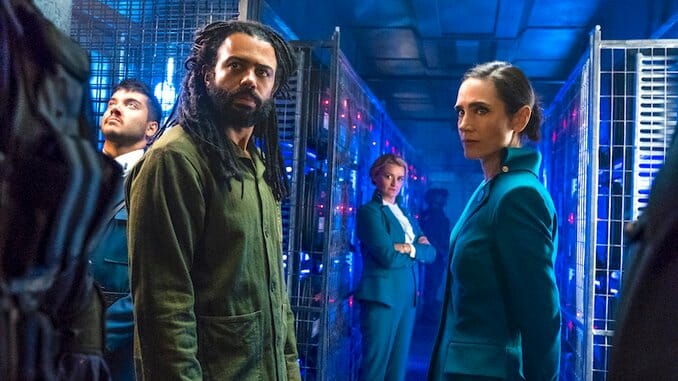
Network: TNT
Last Week’s Ranking: 2
This Week: Y’all just rediscovered Daveed Diggs, huh? Get onboard!
The most unsettling thing about watching a show about a post-apocalyptic future during a pandemic is that even the most random details hit a little too close to home. At one point during TNT’s new series, Snowpiercer, head of hospitality Melanie (a perfectly cast Jennifer Connelly) asks one of the train’s conductors, “Do you remember fresh air? Do you remember going for walks?” to which he responds, after a thoughtful pause, “Rain. I miss the sound of rain.”
The premise for the series is that in the not-too-distant future, climate change has taken a turn for the worse, and scientists attempting to counteract the damage humanity has enacted upon our planet accidentally freeze the world instead. A supposedly forward-thinking “visionary” named Mr. Wilford predicts the coming disaster, and builds a train 1,001 cars long that will house all of Earth’s last remaining citizens, circling the globe without an end in sight. As is the case with society itself, the train is divided into various classes—first, second, third, and the tail—each defined by varying degrees of privilege and poverty. The story is based on the French graphic novel Le Transperceneige, originally published in 1982; Oscar winner Bong Joon-Ho adapted it into a star-studded, big-screen action flick in 2013 (see: Chris Evans, Octavia Spencer, Tilda Swinton, and Song Kang-Ho).
In place of Bong’s Hollywood action hero Evans, the TV series enlists Hamilton star Daveed Diggs as Andre Layton, the reigning leader of the mistreated “tailies” section of the train. Instead of a more straightforward rebellion pushing Evans’ Curtis from the tail to the front of the train, the series takes advantage of its multi-chapter format to present a complex web of lies, false identities, and complicity.
It’s important to note here that when Bong’s film was released in 2013, the world was a much different place. Snowpiercer, the movie, felt prophetic, like a warning of what could happen if humans continued to allow capitalistic impulses guide our decisions. But the TV series isn’t prophetic. It’s a mirror. What happens when there is less to learn from the allegory than from reality itself? When simile becomes metaphor? It’s not that the society we live in is like the fictional world of Snowpiercer; it’s that the society we live in is Snowpiercer. —Joyce Chen
3. I’ll Be Gone in the Dark
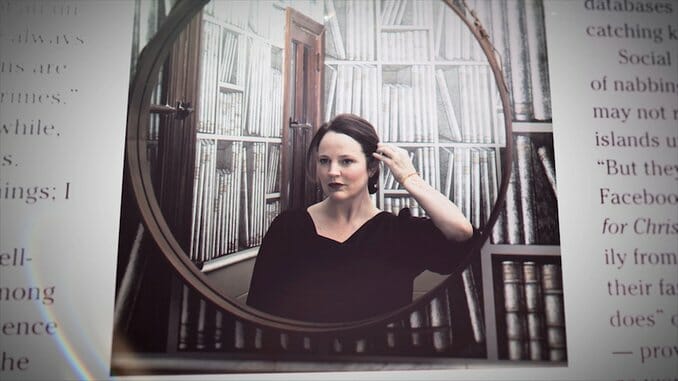
Network: HBO
Last Week’s Ranking: 1
This Week: We learn more about McNamara and the online world of cold case crime solving.
The HBO documentary series I’ll Be Gone in the Dark tells two interwoven stories. The first is of true crime writer Michelle McNamara, the late wife of comedian Patton Oswalt, who penned the New York Times bestselling book for which the miniseries is named. The second is of her subject, a serial rapist and murderer known alternately as the East Area Rapist and the Golden State Killer (among other monikers), whose acts of terror spanned a horrific 12 year period through the 1970s and 80s. Directed by Liz Garbus, I’ll Be Gone in the Dark is a powerful eulogy for McNamara using video and voice recordings, as well as passages from her book (read by Amy Ryan), to detail her obsession into this unsolved case—which eventually helped lead to an arrest, but took a devastating emotional toll on her.
To say that I’ll Be Gone in the Dark requires a trigger warning is a huge understatement, given the harrowing nature of the crimes and the very detailed discussions by survivors. It is clear from the start though that Garbus, like McNamara, is not interested in the personhood of the perpetrator (beyond bringing him to justice), but in illuminating the stories of those he terrorized. There’s almost no discussion of potential suspects or theories of the case before the final episode; there is nothing for viewers to “solve” here. Because of that, I’ll Be Gone in the Dark wisely removes one of the elements that plagues the true crime genre of fetishizing the attacker or his methodology. When he is revealed, his story is told briefly by the few family members willing to speak on record, but it’s still not really about him. It is about everyone he hurt coming to terms with the evil he wrought.
That is why, ultimately, the moment in I’ll Be Gone in the Dark that resonates so strongly is a scene of the survivors meeting and coming together. There they are able to talk about something that no one else understood. McNamara was key to all of this, not just in her research and writing that illuminated this cold case in a way that caused law enforcement to use new DNA technology to give it another look, but by creating something with her book that allowed these men and women to form, as one of them defines it, “a survivor family.” I’ll Be Gone in the Dark can be very difficult to watch; it’s haunting and incredibly sad. But that’s also what made it all the more moving, in the end, to see the survivors join together: bonding, smiling, and living their lives in the light. —Allison Keene
2. I May Destroy You
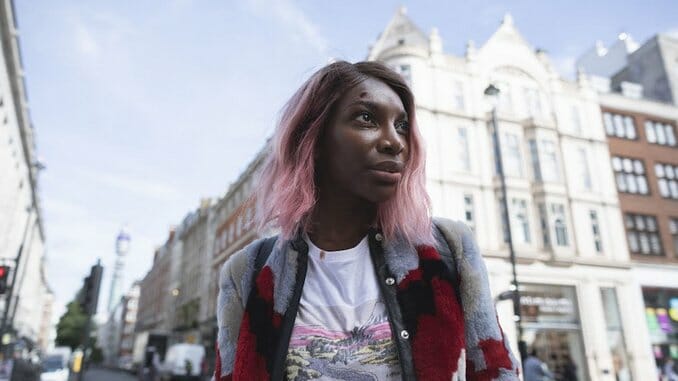
Network: HBO
Last Week’s Ranking: Not Ranked
This Week: Bella heads home and uncovers some uncomfortable truths.
There may be few series as difficult but as important right now as Michaela Coel’s new 12-episode HBO show I May Destroy You. The Ghanaian-British creator and star explores the pain, confusion, and eventual road to healing regarding the rape experienced by her London-based lead, Arabella. Playing out as a series of vignettes, the season is tied together by a close-knit group of friends who must confront everything from their own biases to sexual crimes perpetrated against them.
Coel is taking on a lot here, and while the journey of these friends trying to make it can feel familiar, it’s coming to audiences from a new perspective—instead of young white adults in New York, we have young black adults in London. That distinction is important in a number of ways, and Coel also leans in to the Millennial nature of it all by showing Arabella’s obsession with her social media influence and ways she seeks to monetize without being exploited (which feels impossible). There’s also an early scene where a white casting director asks Terry if she’s wearing a wig, if she can wash it, and to please take it off to show them her “real” hair. The way Terry responds (hesitant, uncomfortable, and ultimately rebuffing) mirrors in some ways the moments of assault shown in the series. It upsets her but she tries to brush it off, much like everyone else responding to controlling or aggressive behavior.
All of this adds up to a weighty, ambitious attempt to wade through incredibly difficult subject matter, but one that also seeks to balance with earnest optimism and a desire for healing. There are many, many scenes of the friends just having fun, of getting annoyed with one another, of professing their undying love. That movement back and forth, to the past and present (to an imagined future), between feelings and experiences and traumas and desires, covers some of the series’ other uncertainties in ways that are both compelling and true. But more than anything, it’s a thought-provoking work that should make us consider our own relationship to trauma, experienced by ourselves or others, as well as hopefully this new cultural awakening to the many, many different kinds of sexual assault. —Allison Keene
1. The Baby-Sitters Club
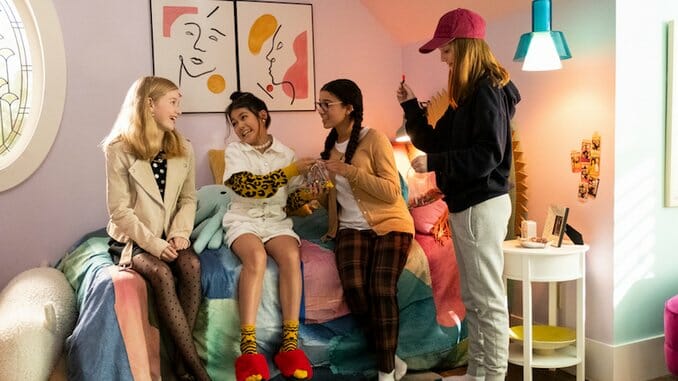
Network: Netflix
Last Week’s Ranking: Not Eligible
This Week: Netflix’s delightful adaptation understands what made the book series so special.
Longtime fans of Ann M. Martin’s The Baby-Sitters Club, a chapter book series whose late ‘80s/early ‘90s aesthetic is so iconic Scholastic sells a tin-boxed set of original covers, will be understandably skeptical of Rachel Shukert’s upcoming Netflix adaptation. It seems impossible, after all, that anyone could pluck Kristy, Mary-Anne, Claudia, Stacey and Dawn from their perch in Claudia’s pre-Y2K bedroom, drop them square in the age of Instagram, and not lose something in the translation. I mean, the whole idea behind the Baby-Sitters Club—five girls gathering around a landline phone for half an hour, once per week, to field neighborhood baby-sitting requests as a quasi-socialist collective—is just so deeply analog. And 2020? It’s just so… not.
Well, I am happy to report: Skeptics need not fear. As clever, tender, and earnest as you remember The Baby-Sitters Club books to have been whenever you first read them, Shukert’s vision more than rises to the challenge. Between her confident translation of Martin’s original characters, the natural-but-goofy cinematic language brought to the table by Lucia Aniello and a raft of other (mostly female) directors, plus the endless charm of the series’ young core cast, this newest adaptation is a dream. Like its namesake, The Baby-Sitters Club (Netflix edition) is funny, sweet, and emotionally complex. Just as importantly, though, it implicitly understands the ways in which Kristy’s retro baby-sitting club business model is a perfect analog solution to a whole sea of problems caused by digital technology(/the gig economy)’s stranglehold over modern society.
Smartly, one thing Shukert doesn’t update in this adaptation are the structural elements most signature to the original series. Of the ten episodes the comprise Season 1, the first eight mirror their chapter book counterparts, alternating between the five core sitters’ perspectives, with two episodes each being told from Kristy, Claudia and Stacey’s points of view, and one each from Mary-Anne and Dawn’s. The two-part season finale, meanwhile, mirrors the super-sized Super Special books that functioned, in the original, as a series within a series, taking the girls away from their baby-sitting duties and letting them share the narrative focus equally. For readers, these Super Specials were objects of intense anticipation; for viewers, following Elizabeth and Watson’s big wedding celebration in Episode 8, “Welcome to Camp Moosehead” (Parts 1 & 2) caps off what was already a narratively complete season in the most emotionally satisfying way. Should the pop culture fates conspire in our favor, though, this will be just the first of many clever and tender seasons of The Baby-Sitters Club to come. —Alexis Gunderson
For all the latest TV news, reviews, lists and features, follow @Paste_TV.






